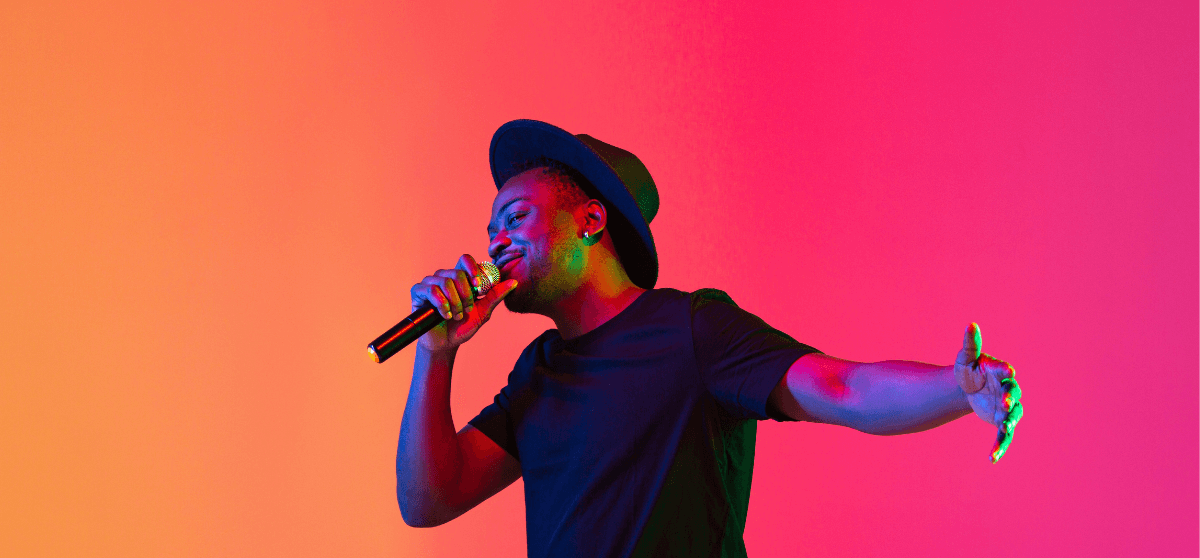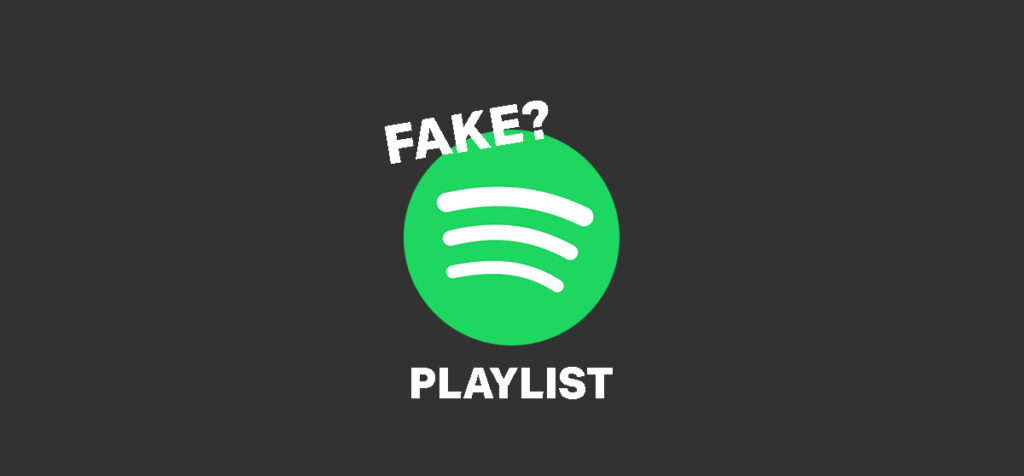Many artists dream of being released on a major label, but how exactly do you go about it? And how do you get a contract with such a Major label?
Here you will find some tips and tricks for the right approach to a label.
1. Find a Major Label that Suits You.
It is very important that your application goes to a label that suits you and your genre. Therefore, take the time to look at the label and your relationship to it closely: “Does the genre of my music fit this label?”
To clarify, it’s not going to do you any good if you’re producing hip-hop but the label you want to go to is a deep house label. Rejection would already be predestined. In the same way, the appearance has to match: A label that publishes Goth metal will have a hard time connecting with an artist who gives the impression of neon 80s pop. So make sure that your appearance and how you present yourself online is compatible with the label.
In conclusion, you can avoid possible rejections and frustration by doing thorough research in advance.
2. Your Own Brand Presentation.
While we’re at it, I’d like to continue with the brand presentation. Most importantly, as an artist you embody yourself as a brand and so you should pay close attention to how that brand appears to the outside world. For instance: do your social media posts match your music? If you are a musician, you should make as many music-related posts as possible on your social media channels. Because labels look at your online presence if they are interested in your music. A food post or travel photo now and then isn’t bad and helps your fans make a personal connection. However, your posts should remain mostly music related and identify with your genre and labels.
3. Online Presence.
How connected are you? And how easy is it to find your social media channels and shop pages?
Build a network by spreading your presence on as many sites as possible. Firstly, use social media platforms like Facebook, Instagram, Twitter and LinkedIn to provide information about yourself, your artist and your music. Secondly, use platforms like YouTube, SoundCloud, Mixcloud and Bandcamp to share your music, snippets, promos, live performances and DJ mixes with your fans. Thirdly, use your artist’s profiles in the shops to show where people can buy your music. And finally, collect all these links in one, for example at Linktr.ee. Because a link like this allows labels to quickly check out your online presence.
4. Fan Base.
Probably the most important thing when writing to a major label is your fan base. Nowadays labels are no longer interested in building up artists from scratch. Therefore you should already have a certain fan base. You can generate this through live performances or through clever online marketing and advertising.
For example, use the streaming services of sites like Mixcloud if you produce electronic music and DJ. Post videos of you and your band performing live or rehearsing on YouTube, Facebook and Instagram. As a result, these materials can not only expand your fan base, but also serve as visual aids for label applications later on.
In addition, make video sequences for TikTok, perhaps a new dance to your song, a lip sync or a compact edited summary of how you design your sounds.
So use the full potential of the internet to promote yourself or your band as a performer.
5. Goal Setting and Research.
Set your goals high. For example, put a really big label at the top of your list, and then research different labels to get there.
You probably won’t get on your dream label with your first track. But, by watching other artists who are also releasing on that label, you can see what paths they have taken to get there. Also do some research to see if there are any labels that clash and compete with your dream label. In short, it would be a shame if one day you apply there and the A&R manager (Artists & Repertoire) would reject you just because you have previously released on label XY.
6. Approach and How to Talk to the Person in Charge.
Firstly, research in advance who the right contact person for your request is: who is the label boss and who is the A&R manager? Secondly, pay explicit attention to a friendly and polite tone. We see people approaching labels all the time and disregarding the simplest rules of politeness. So always start your application with a friendly greeting, followed by a short introduction and description of what you are applying for.
7. What Material Do I send to the Major Label?
Be careful not to send too many demos, stay within the range of 1 to 4 tracks. If you send too many tracks, the A&R might feel overwhelmed and delete your application. Also, only send them the best tracks and make sure that these tracks are unreleased. No label wants to publish a track that already has hundreds of plays on SoundCloud.
Therefore, it’s best to use SoundCloud links for your demos that are set to private. In addition activate the download feature, because many label employees are DJs themselves and thus may also “test drive” your tracks. Moreover, it also makes sense to create a separate playlist for each label, with the label’s name. This way you can see first of all whether the label A&R responsible has listened to all your songs, and secondly whether he has possibly sent the songs on to other label employees.
Further, it is also a good tactic to make videos at gigs. As a result you can capture the reaction of the audience, when you “test drive” the new tracks. Adding such a video to the promotion of the track can greatly increase the chances of an A&R saying yes, as it is their job to gauge the viability of a track.
8. Continuous Self-Improvement
Let’s move on to the last item on the list.
Don’t let isolated setbacks get you down, look at your path and constantly improve yourself. Because if this is your passion, you will spend most of your life in this industry.
These days, labels prefer independent artists who can take care of a lot themselves. So make sure you are constantly learning and acquiring new skills so that the label can focus entirely on marketing your music.







4 Comments. Leave new
Commendable
Thanks for this vital info. It shows me to work harder and smarter as an artist.
Great
This is amazing